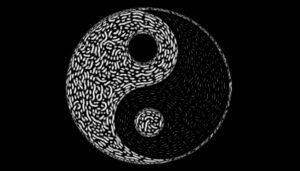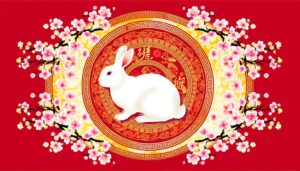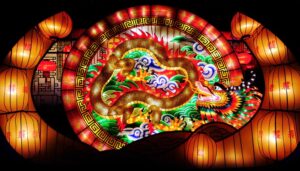How to Write the Chinese Symbol for Family First
The Chinese symbol for family, 家 (jiā), is deeply rooted in the historical and cultural fabric of Chinese society. Originating from oracle bone scripts during the Shang Dynasty, it has maintained its significance through successive dynasties.
The composition of the character, which includes a roof and pig element, symbolizes stability and prosperity, embodying the Confucian ideals of harmony and duty. Family, being the cornerstone of Chinese social structure, prioritizes intergenerational responsibility and collective well-being.
In modern society, 家 remains central in fostering social cohesion, adapting traditional practices to contemporary lifestyles, thereby illustrating the enduring importance of family and its influence globally. Learn further to explore its multifaceted implications.

Key Takeaways
- The Chinese symbol for family is 家 (jiā), representing 'home' and 'family.'
- 家 combines a roof radical (宀) and a pig (豕), symbolizing shelter and prosperity.
- It embodies Confucian values of harmony, duty, and collective well-being.
- The symbol underscores the importance of familial bonds in Chinese culture.
- 家 is central to traditional and modern Chinese society, emphasizing continuity and stability.
Historical Context of 家

The historical context of the Chinese character 家 (jiā), which signifies 'family' or 'home,' reveals its profound roots in ancient Chinese society and its evolution through various dynastic eras.
Originating from oracle bone scripts during the Shang Dynasty, 家 has been intrinsically linked to the agrarian way of life. It encapsulated dwellings and familial structures pivotal to societal organization. The character itself, composed of a roof radical and the element representing a pig, reflects the importance of livestock within the household.
Over millennia, through the Zhou, Han, and Tang Dynasties, 家 retained its centrality, adapting to changes in social structures yet consistently embodying the nucleus of Chinese life—family and home. This historical continuity underscores its enduring cultural significance.
Symbolism and Meaning
Building upon its rich historical context, the Chinese character 家 (jiā) embodies profound symbolism and layered meanings that resonate deeply within Chinese culture.
At its core, 家 represents the concept of 'home' and 'family,' visually composed of the radical 宀 (mián) denoting a roof, and 豕 (shǐ), meaning pig. This combination signifies a household where essential sustenance is provided and protected.
Ethnographically, 家 encapsulates the fundamental societal unit, reflecting Confucian ideals of harmony, duty, and filial piety. The character's structure underscores the importance of shelter, sustenance, and security within family life.
In the broader cultural context, 家 serves as a metaphor for stability and prosperity, emphasizing the intrinsic value placed on familial bonds and collective well-being in Chinese society.
Family in Chinese Culture
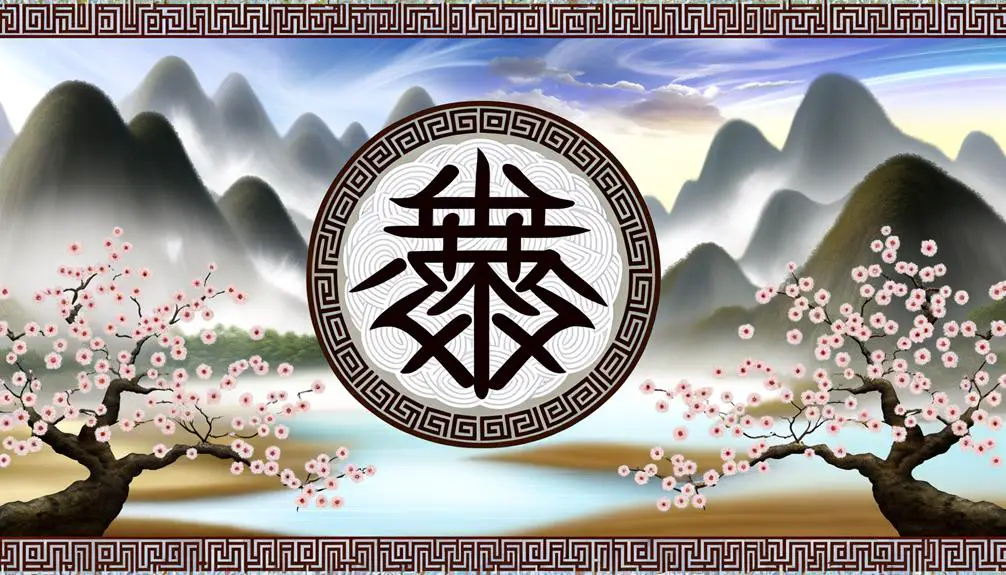
In Chinese culture, the family unit stands as the cornerstone of social structure, deeply rooted in Confucian principles that emphasize harmony, respect, and intergenerational responsibility.
This cultural framework prioritizes filial piety (孝, xiào), dictating the moral duty to honor one's parents and elders. Extended families often cohabit, fostering a collective environment where resources and responsibilities are shared.
Rituals and festivals, such as the Lunar New Year, further reinforce familial bonds through ancestral worship and communal activities. Ethnographic studies reveal that such practices create a strong sense of identity and continuity.
Understanding these dynamics is essential for comprehending how family functions as a stabilizing force, providing emotional, economic, and social support within Chinese society.
家 in Modern Society
Modern Chinese society continues to uphold the traditional values encapsulated in the character 家 (jiā), while also adapting to the evolving socio-economic landscape.
The concept of 家 remains central in fostering social cohesion and a sense of belonging. Despite rapid urbanization and the rise of individualism, family structures often preserve hierarchical roles and responsibilities, resonating through multi-generational households.
Ethnographic studies reveal that the modern Chinese family navigates contemporary challenges by integrating traditional practices with modern lifestyles. For instance, filial piety endures, even as younger generations pursue careers in cosmopolitan cities.
This dynamic adaptation guarantees that 家 remains a resilient core of Chinese identity, reflecting both continuity and change in a rapidly transforming society.
Global Influence of 家
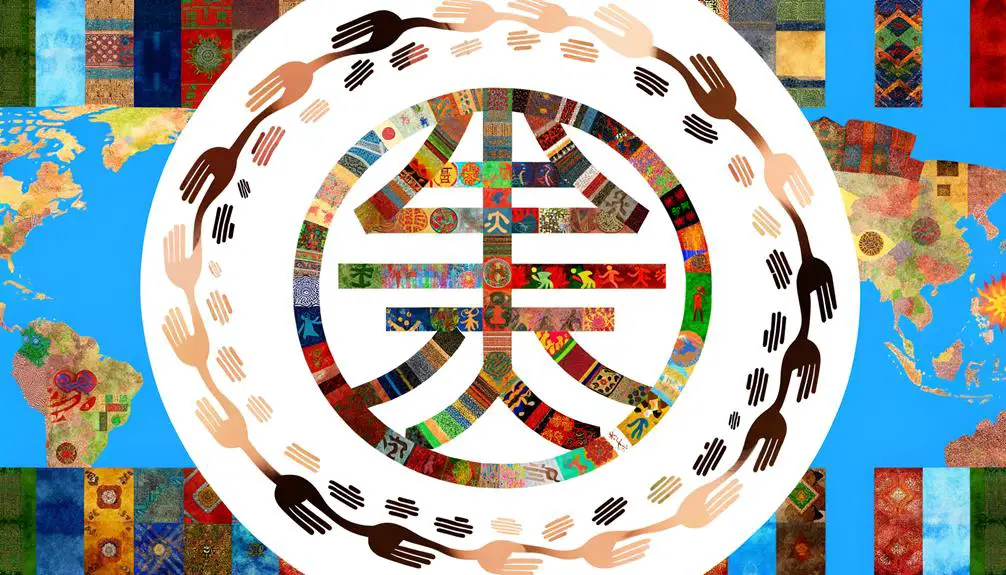
The character 家 (jiā) holds substantial global influence, as diasporic Chinese communities continue to embed traditional family values within diverse cultural contexts, shaping the social fabric of various societies around the world.
These communities act as cultural bridges, introducing concepts of filial piety, collective well-being, and respect for elders into their new environments. Ethnographic studies reveal how 家 serves as a cultural anchor, fostering social cohesion and intergenerational support systems.
In multicultural settings, the emphasis on family unit strengthens communal bonds and aids in societal integration.
Additionally, 家's global reach is evident in how these values permeate through education, business practices, and community organizations, thereby influencing broader societal norms and contributing to multicultural harmony.
Conclusion
In the grand tapestry of Chinese culture, the symbol 家 (家) stands as a beacon, illuminating the sanctity of familial bonds. It intertwines historical roots with contemporary significance, much like threads in an intricate brocade.
Representing more than just kinship, 家 reflects societal values and collective identity. As the symbol continues to influence global perspectives on family, it serves as a tribute to the enduring legacy and profound cultural ethos embedded within Chinese civilization.

